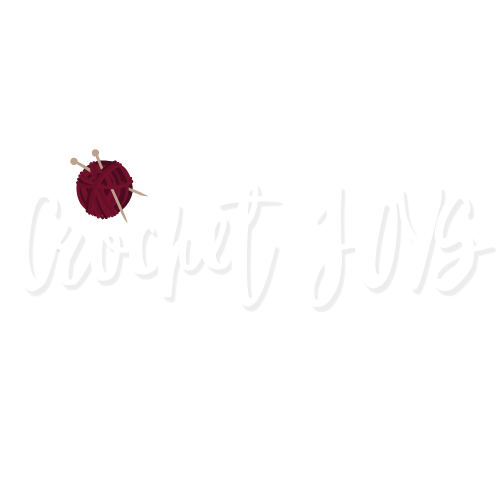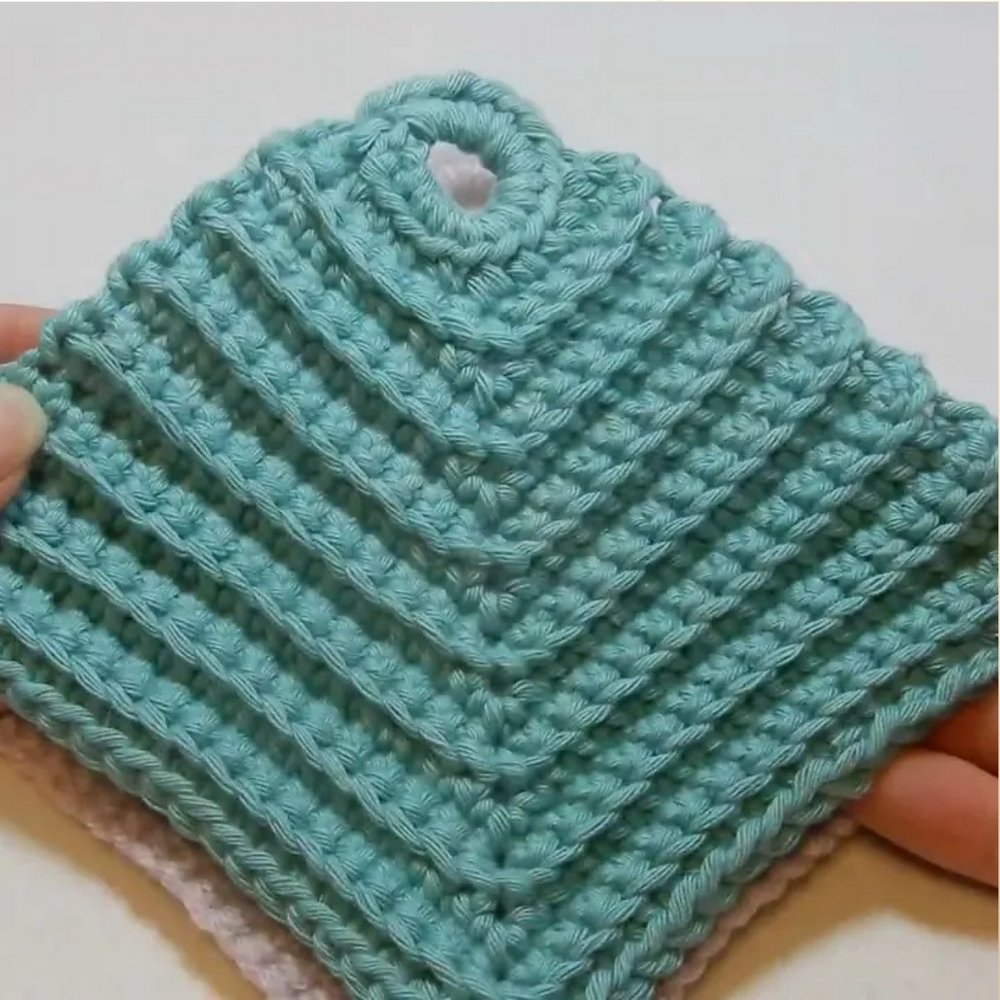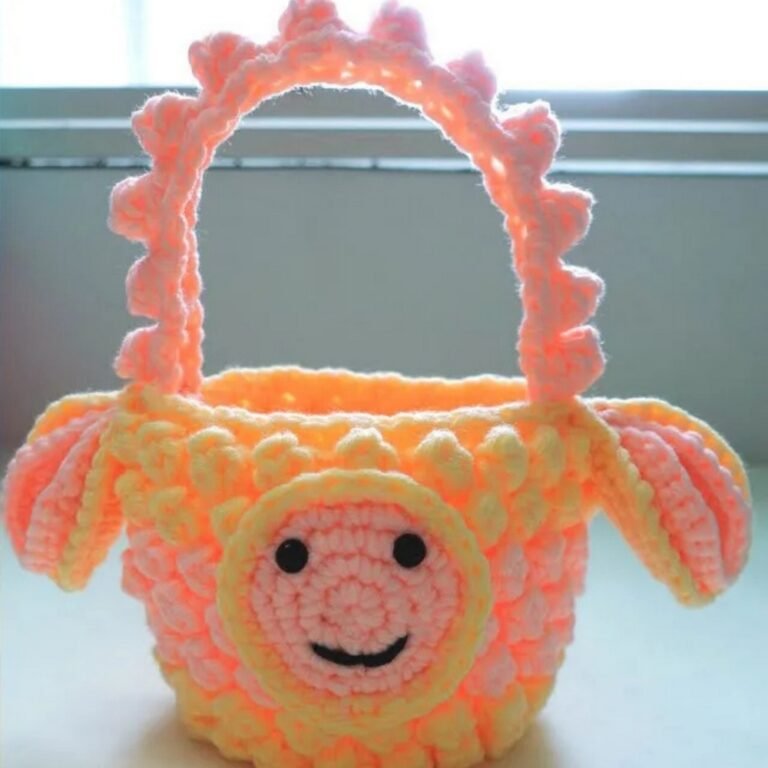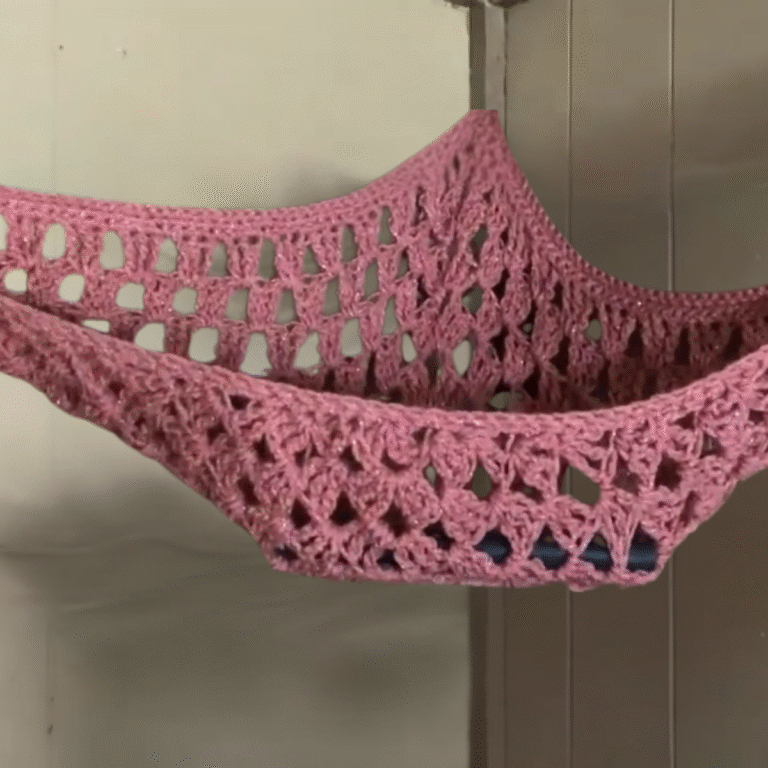Reusable Crochet Dishcloth for a Sustainable Kitchen
Renovate your kitchen routine with Crochet Dishcloth Pattern—durable, reusable, and stylish, offering practicality with a touch of handmade charm.
Handmade crochet dishcloth bring practicality and charm together in the simplest yet most surprising way. These everyday essentials aren’t just about cleaning, they’re about making ordinary moments a little more special. They tackle tough messes effortlessly while being gentle on delicate surfaces. From wiping counters to scrubbing dishes, they provide a sustainable, reusable alternative to disposable paper towels and sponges, helping you cut down on waste without sacrificing functionality.
Trending Crochet Dishcloth Pattern for Your Home Décor
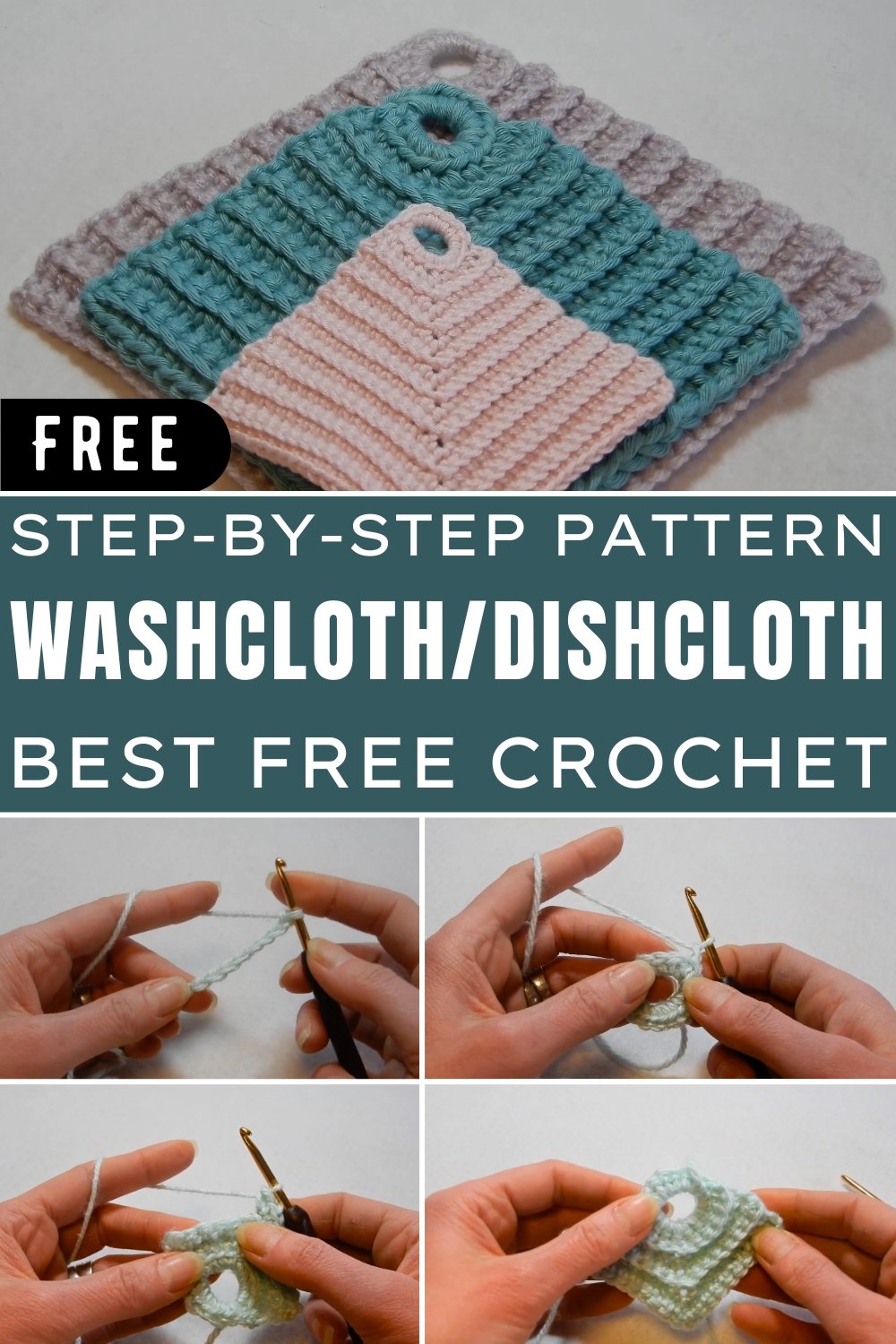
What sets these Crochet Dishcloth apart is the personal touch they add to your home. Each piece carries the warmth and creativity of a handmade item, turning even the most basic chores into a delightful experience. Their variety of textures and patterns isn’t just visually appealing it’s a chance to infuse personality into your kitchen. They’re also perfect for gifting, especially as part of a thoughtful set with soaps or kitchen goodies.
For those who crochet, these dishcloths offer a fun, quick project that showcases your skills while delivering something truly useful. They’re easy to care for, fast to dry, and incredibly versatile and they often last longer than store-bought alternatives. Combining style, sustainability, and practicality, crochet dishcloths prove that even the simplest items can brighten your day.
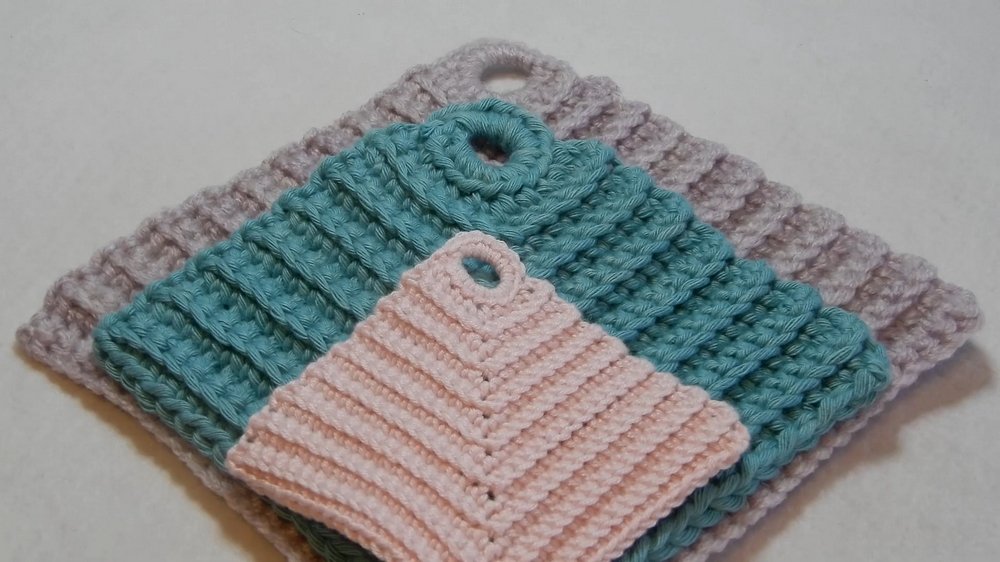
1. Materials Needed
- Yarn: Cotton yarn is recommended for dishcloths (great absorption and dries well), but acrylic or polyester can be used for decorative purposes.
- Crochet Hook: Suggested hook size is slightly larger than what the yarn recommends (e.g., use a 4.0 mm hook for yarn that recommends 3.5 mm).
- Tapestry Needle: Used to hide the yarn tail.
- Scissors: To trim excess yarn.
2. Initial Setup
- Leave a long tail of yarn to hide later with the tapestry needle.
- Begin with a slip knot and chain 8.
- Connect the chain into a circle with a slip stitch.
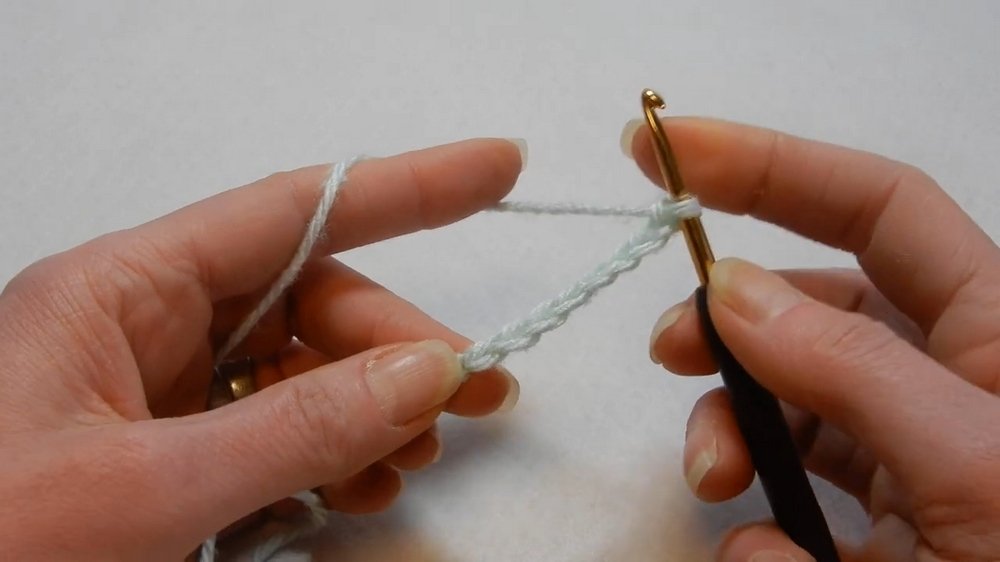
3. Starting the Foundation Round
- Chain 1 loosely.
- Crochet 16 single crochets into the circle (working into the back loop of each stitch).
- Join the round with a slip stitch into the chain you created initially.
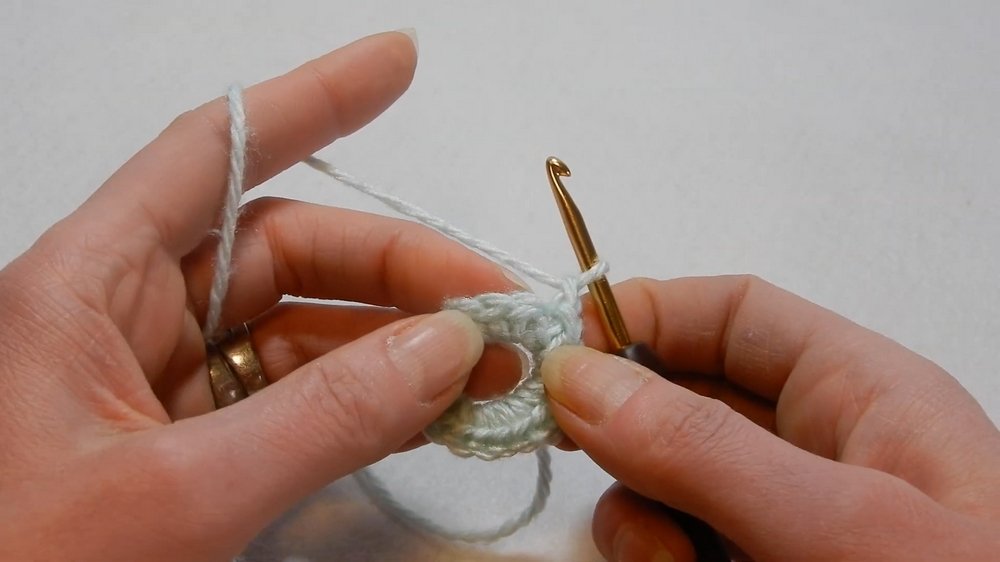
4. Building the Ridges (Reversible Stitch Design)
- Chain 1 and work through the back loops only for a single crochet in each stitch.
- At every corner (identifiable by the chain stitch), increase the size by doing:
- Single crochet, chain 1, single crochet (into the same stitch).
- Turn your work and repeat. This process creates ridged patterns on the dishcloth, making it reversible.
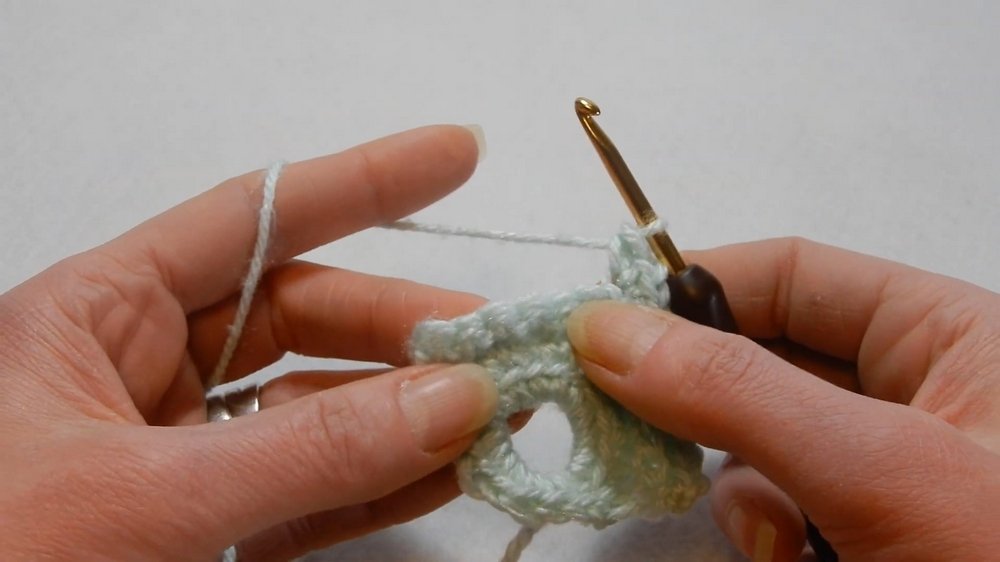
5. Shaping and Expanding
- Continue working through the back loops, adding stitches at the corners to expand.
- Use a stitch marker at each corner to help remember where increases need to be made (useful if the process gets confusing).
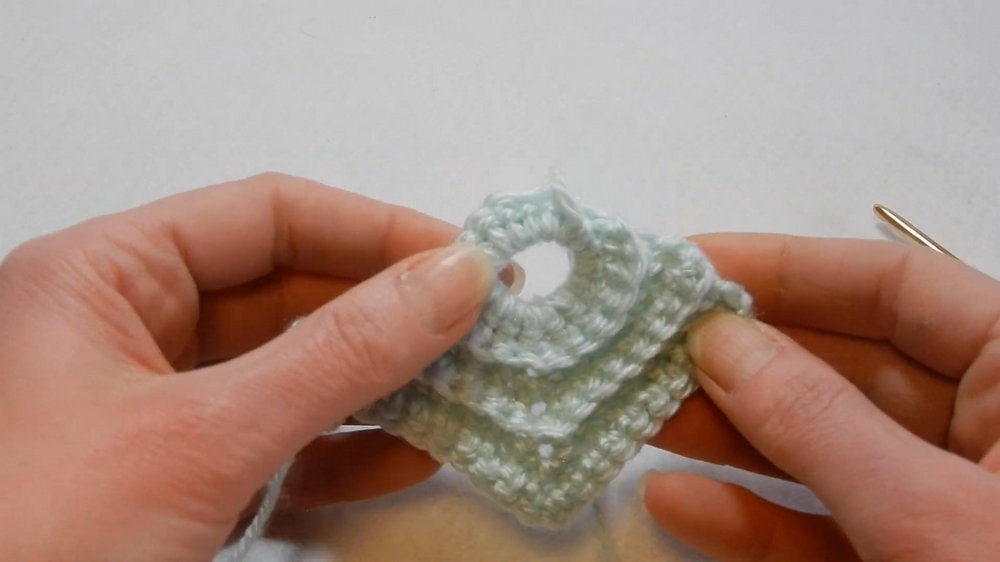
6. Finishing Touches
- Once the dishcloth reaches your desired size, pull up a loop, trim the yarn, and secure the end.
- Use the tapestry needle to hide the yarn tail underneath the pattern stitches for a polished look.
Special Features
- Reversible Stitch: This unique design makes the dishcloth functional on both sides while giving it a textured aesthetic.
- Quick to Make: The pattern works up quickly, especially with thicker yarns.
- Versatility: Can be used in kitchens, bathrooms, or even crafted as decorative items.
Level of Difficulty
The tutorial is beginner-friendly, making it easy to follow for those new to crochet. The repetitive nature of the design and simple stitches (chains, single crochets, and slip stitches) ensure the learning curve isn’t steep.
Tutor’s Suggestions
- Preferred Yarn: Cotton yarn recommended for functionality (absorbs and dries well). Acrylic or polyester is suggested for making decorative pieces where water absorption isn’t a concern.
- Crochet Hook Size: Use a hook at least half a size larger than the yarn’s recommendation to avoid curling edges.
- Stitch Markers: Helpful for corners where increases occur.
Uses
- Dishcloth: Perfect for cleaning surfaces in the kitchen.
- Washcloth: Suitable for shower or bath use due to the absorbent qualities of cotton yarn.
- Decorative Pieces: Use acrylic yarn for rigid ornaments or creative crafts.
Tip
For smoother corners and a more enjoyable crocheting experience, make the chain stitches slightly loose at each corner. This adjustment prevents curling and maintains the shape of the finished project.
Conclusion
This Crochet Dishcloth offers a straightforward and repeatable method for creating a reversible crochet dishcloth suitable for various uses. With its textured design and practicality, this pattern is a great addition to your crochet repertoire. Beginners and seasoned crocheters alike can enjoy crocheting these versatile pieces, using imagination to adapt sizes, colors, and yarn types.
